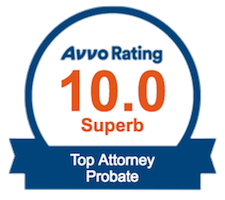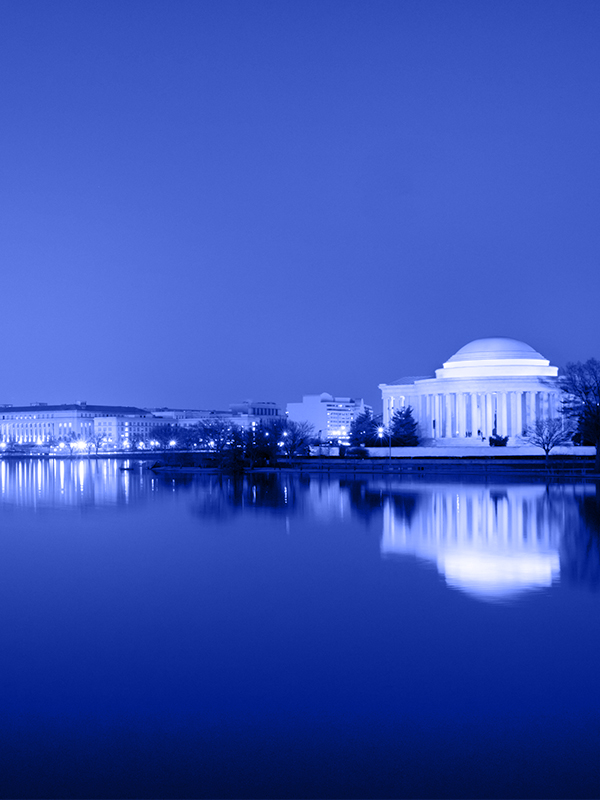Documenting Crucial Evidence After an Accident
Secure Evidence and Witness Accounts to Strengthen Your Claim
The initial period following an accident is crucial for gathering and safeguarding evidence that illustrates what transpired, as well as for chronicling your injuries. At Goldberg & Goldberg, we emphasize the urgency of acting promptly and have outlined key steps you should take if you find yourself in such an unforeseen situation.
Revisit the Accident Scene
It’s imperative to return to the location of the incident, unless it occurred at your home, to search for relevant evidence and capture photos of any conditions that might have played a role in the event. Often, you may discover overlooked details that could shed light on the nature of the accident, such as a defective surface or a malfunctioning traffic signal.
While surveying the area, you might also encounter individuals who witnessed the event or are aware of similar incidents in the same vicinity. Endeavor to document the scene from multiple perspectives, especially those that reflect your view just before the accident. This will help in maintaining a vivid mental image and provide compelling visual evidence for insurers, showcasing your earnestness in securing the compensation you deserve. For vehicular accidents, it’s beneficial to take pictures during similar traffic conditions as when your accident transpired.
Maintain Physical Evidence
Often, the accountability for an accident can be inferred from physical evidence—objects that can be seen or touched, as opposed to mere descriptions. This might include a fractured stair that contributed to a fall or visible damage on a vehicle that indicates the point of impact.
Physical evidence can also substantiate the severity of an injury. Preserving the actual object or, if that’s not feasible, photographing it can later serve as tangible proof for insurance companies.
Effective Photographic Documentation
For the most compelling photographic evidence, consider the following:
- Opt for standard photos over instant ones for enhanced detail and truer lighting.
- Capture a variety of angles to ensure you have the most articulate visual account of what you need to highlight.
- Photograph the evidence promptly for an accurate depiction of the post-accident conditions.
- Have a friend witness your photographic efforts and provide a written account, and get your film processed quickly, ensuring dates are printed on the back of your photographs or on the receipt.
Seek Out Witnesses
The testimony of an eyewitness can greatly reinforce your stance with insurance companies. Witness accounts can corroborate your perspective of the accident, provide additional insights, and attest to your condition following the incident.
Remember, the sooner witnesses are approached, the fresher their memories will be, thus lending more credibility to their statements. Delaying this process risks losing valuable testimony due to fading memories or relocation of the witnesses themselves.
Accurately Record Your Injuries
The most effective methods for recording your injuries involve consulting a medical professional immediately and photographing any discernible injuries, such as marks, lacerations, or bruising, as well as any medical apparatus you may require.
A lack of an early medical record, coupled with photographic evidence, can make it more arduous to persuade insurance companies of the extent and impact of your injuries. Visible injuries will heal over time, decreasing their perceived severity, and delaying treatment could suggest your injuries were less significant or embellished post-accident.
At Goldberg & Goldberg, we understand the urgency of preserving evidence. Contact us today at (301) 654-5757 for a Free Consultation where we can guide you through the steps necessary to secure your claim.




